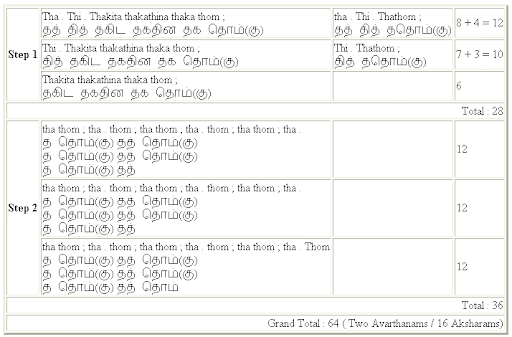This is the centenary year of several legends like T.Brinda, Palghat Mani Iyer, Madurai Mani Iyer, T.K.Rangachari, etc. and the hundredth year of the living maestro Dr.Pinakapani. To observe the centenay year of these stalwarts, functions are held by their students, relatives and rasikas as a mark of respect and remembrance.
If an artist's centenary year is celebrated, it is because he has scaled heights and is far above the average. Otherwise, a centenary year would not have been observed. If these artists have reached such a level, it is because of the efforts they have put in, their hard work, focus and determination that took them to the top.

The aim of the centenary celebration should not be just to inform the public that these artists would have turned 100, but on the contrary, to make their efforts and contribution known to today's generation, with an aim that the youngsters look upon these maestros as role models and try to emulate them and follow the path shown by them.
This kind of emulation would itself be a true mark of homage to these vidwans and a means of paying respect to their soul.













 With the aim of preserving quality, these organization demand a non-commercial audio recording of the artiste and slection is made based on the decisions of a reputed panel of judges. In order to ensure a fair ruling, each candidate is assigned a number instead of divulging the name. A laudable practice indeed. It is also obviously understood that the members of the panel maintain strict confidentiality about their role as jury members. However, it is being observed that many of them, not only disregard this confidentiality, but actually exhibit their roles as jury members by displaying it on their letter heads and business cards.
With the aim of preserving quality, these organization demand a non-commercial audio recording of the artiste and slection is made based on the decisions of a reputed panel of judges. In order to ensure a fair ruling, each candidate is assigned a number instead of divulging the name. A laudable practice indeed. It is also obviously understood that the members of the panel maintain strict confidentiality about their role as jury members. However, it is being observed that many of them, not only disregard this confidentiality, but actually exhibit their roles as jury members by displaying it on their letter heads and business cards.








